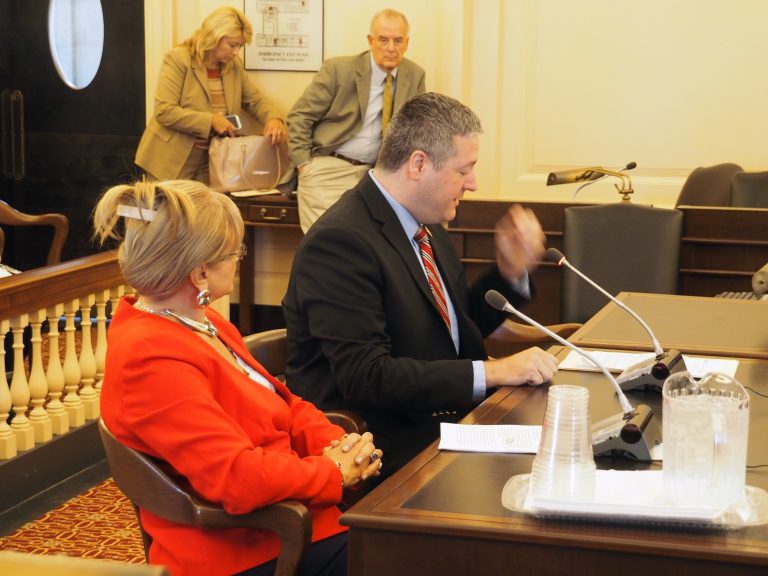By Colleen Flaherty
Professors pushed back against what they called the “new normal” of higher education – namely that it can no longer be free or at least affordable – Tuesday during a forum organized by the Campaign for the Future of Higher Education.
“Times are changing; I think there’s a broad, public consensus that the defunding of public higher education is a huge problem,” said Stanton A. Glantz, professor of medicine at the University of California at San Francisco and vice president of the Council of University of California Faculty Associations, during the news telephone conference.
Now, he said, “We’ve got to get policy makers and individuals who represent institutions to stop wringing their hands and address the problem.”
Discussion centered on three working papers that challenge the assumption that tuition at public institutions must continue to rise at a rate greater than inflation due to market and political realities. All were written and presented by faculty members, whom the Campaign for the Future of Higher Education has encouraged to become more involved in advocating for higher education reform.
Campaign leaders did not necessarily endorse the ideas expressed in the working papers but said they hoped to stimulate a thoughtful, fact-based national conversation about higher education costs.
Bob Samuels, president of the University of California-American Federation of Teachers and lecturer of the University of California at Los Angeles, said his paper showed that in 2009-10, government spending and resources devoted to higher education (including financial aid, loans and college-related tax breaks) totaled some $150 billion – more than the $127 billion it would have taken to award free tuition, room and board to all students enrolled in 2- and 4-year public institutions.
In his own paper, Glantz used the state of California as a case study to discern how much “resetting” higher education funding to more “adequate,” 2000-1 levels (adjusted for inflation) would cost the average taxpayer. He determined lowering tuition by $8,000 for University of California students; by $4,100 for California State University students; and by $600 for community college students would amount to a $48 income tax surcharge on the state’s median tax return – “or less than a tank of gas.” (The proposed tax model is progressive, costing most Californians under $100 but the wealthiest about $40,000.)
Rudy Fichtenbaum, professor of economics at Wright State University and president of the American Association of University Professors, discussed his paper proposing a small tax on select financial transactions – as many other countries exercise – that could help funnel vast resources into higher education. Depending on which transactions were taxed (he gave stocks and bonds as possible examples), and at what rates (up to 0.5 percent), such a tax could generate more than $350 billion annually.
More>>

